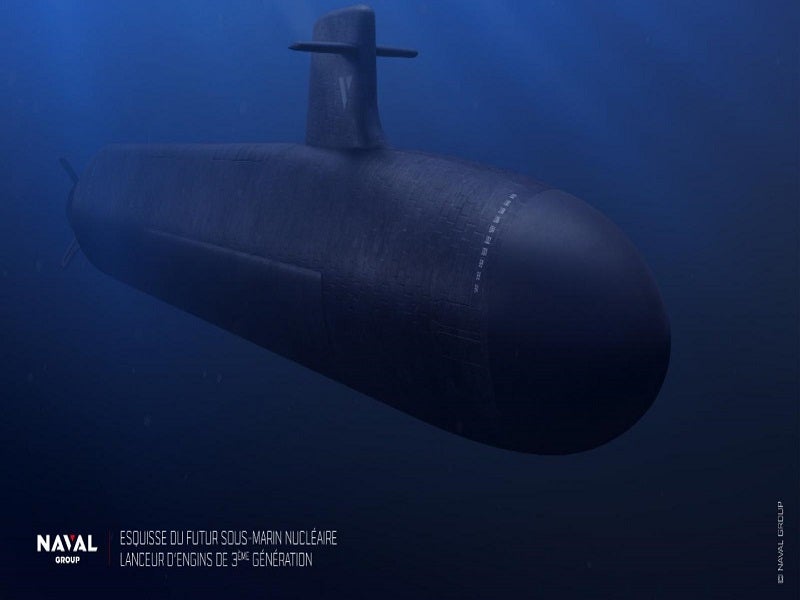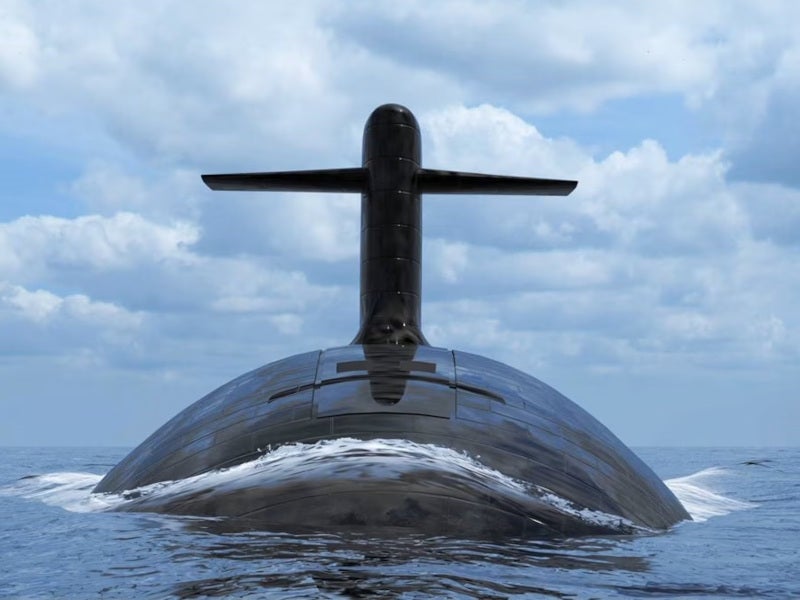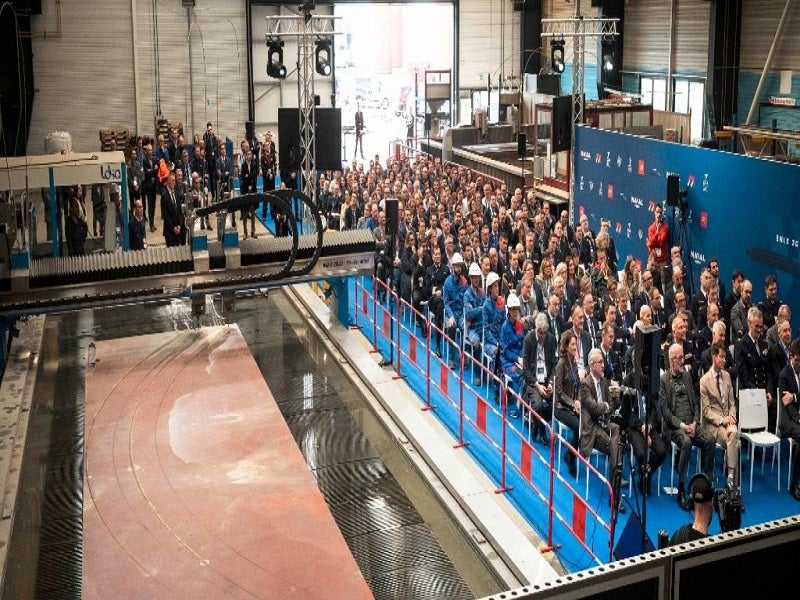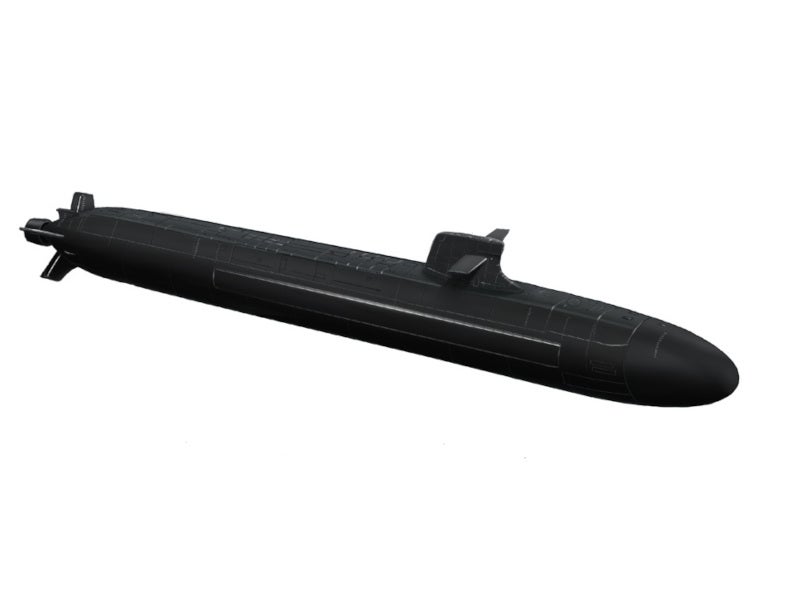The third-generation nuclear-powered ballistic-missile submarines programme (SNLE 3G or Les sous-marins nucleaires lanceurs d’engins in French) is designed to meet the operational requirements of the French Navy into the 2090s.
Launched in February 2021, the programme aims to provide the French Navy with a new fleet of four nuclear-powered ballistic missile submarines (SSBNs).
The SNLE 3G programme is overseen by the French defence procurement agency, Direction Generale de l’Armement (DGA), and the French Alternative Energies and Atomic Energy Commission (CEA), in collaboration with the Armed Forces Staff and the French Navy.
The submarines will replace the navy’s Le Triomphant-class submarines or second-generation ballistic-missile submarines, which are planned to be retired between the 2030s and 2040s.
The steel cutting for the first SNLE 3G-class submarine took place in March 2024. The submarine is expected to enter operational service by 2035.
Subsequently, three additional submarines are planned to be delivered at five-year intervals.
SNLE 3G-class submarine design and features
The SNLE 3G submarine is 150m long, weighs 15,000 tonnes (t) when submerged, and has a capacity for approximately 100 sailors.
It features a unique composite fairing structure known as the sail cusp, connecting the submarine’s sail and hull and a pump jet propulsion system.
The submarine’s nuclear steam supply systems (NSSSs) act as a transition between the compact NSSSs used in the Le Triomphant-class submarines and higher power reactors of the upcoming nuclear-propelled aircraft carrier K22.
The submarines are designed to ensure the highest levels of nuclear safety and security and feature a new plant for reprocessing the ship’s atmosphere, which will improve the living conditions for sailors onboard.
The 3G SSBNs will have extended detection ranges, enhanced acoustic discretion and stealth capabilities, including improved hydrodynamics and manoeuvrability.
Sonar and sensor systems
The SNLE 3G vessels will be equipped with a comprehensive sonar suite, including various sonar arrays and associated processing systems from Thales.
The state-of-the-art sonar suite will include advanced flank arrays, bow-mounted sonars, high-efficiency sensors, a towed linear array utilising optical technology, intercept arrays, echo sounders, and underwater telephones that will enhance the submarine’s detection capabilities.
The dimensions of the arrays and the frequency bands they utilise will provide unmatched performance in terms of 3D (azimuth, elevation, and range) detection accuracy.
The sonar suite will incorporate the Analyse, Localisation, Identification, Classification Integrees et Alertes (ALICIA) data processing system supported by robust artificial intelligence and big data analytics.
The ALICIA system is designed to manage and analyse data efficiently to deliver a comprehensive analysis of the underwater acoustic landscape.
It features an intuitive user interface to handle the high volume of data, optimise operator workload and support decision-making.
Weaponry systems
The third-generation SSBNs will be armed with advanced weaponry and combat systems, enabling them to perform deterrence operations.
The vessels will feature four torpedo tubes for the F21 heavyweight torpedo and may have the capability to deploy future cruise and antiship weapons.
They will also carry 16 modernised M51 submarine-launched ballistic missiles, likely designated as M51.4.
Contractors involved in the SNLE 3G Programme
Naval Group, a naval defence company, was selected in February 2021 for the overall project management of the submarines, collaborating with more than 200 companies from the French defence industrial and technological sector.
The contract includes performing development studies, which are planned to continue until the end of 2025, along with procurement for extended lead times, production of the initial hull, and boiler room components for the first SSBN.
Thales, a devices and equipment provider for the defence and security sectors, signed a memorandum of understanding with the DGA to develop a complete sonar suite for the programme.
TechnicAtome, a naval propulsion nuclear reactors designer, and ECA Group, a robotics and autonomous systems provider, were awarded a contract to produce electrical systems for the SNLE 3G programme in October 2022.
Facilities engaged in SNLE 3G programme
Various facilities of Naval Group are engaged in different aspects of the programme.
The Nantes-Indret facility is responsible for manufacturing primary components for the boiler room and assembling crucial modules while the Angouleme-Ruelle site is designing and constructing the submarine’s structural components.
The Ollioules site is focused on embedded information systems while programme management activities are centralised at the Bagneux site.
The Lorient and Brest facilities are also involved in the design, manufacturing, and maintenance of the SNLE 3G vessels.







